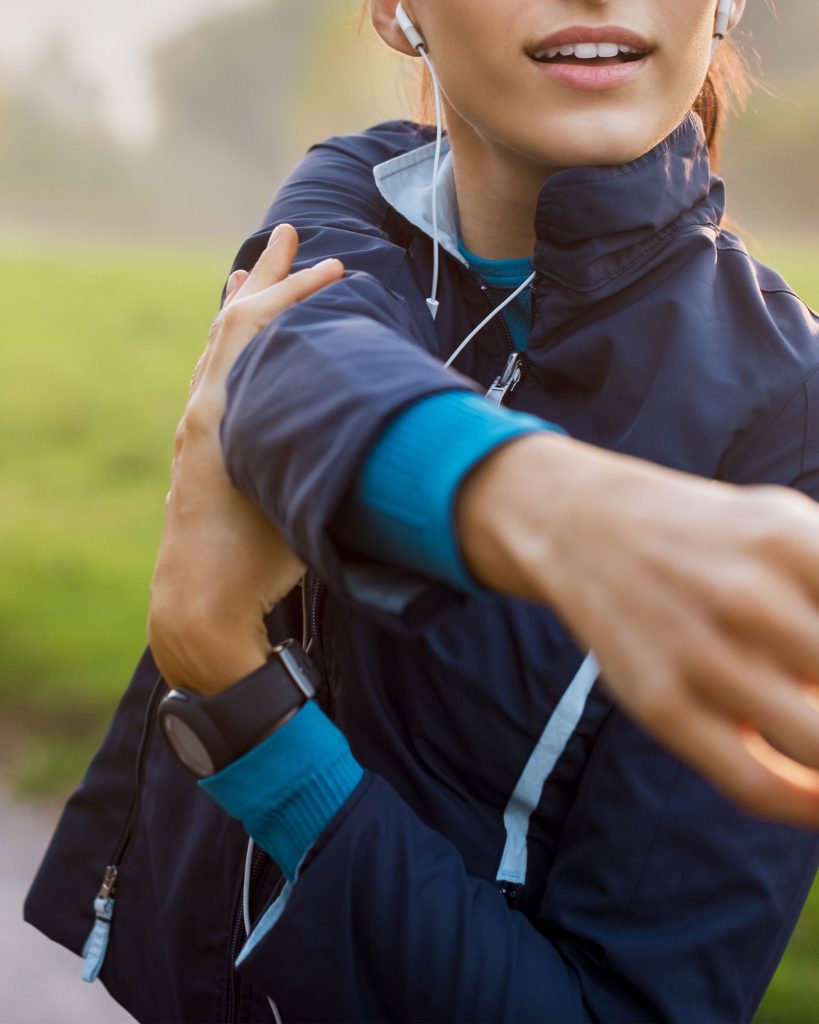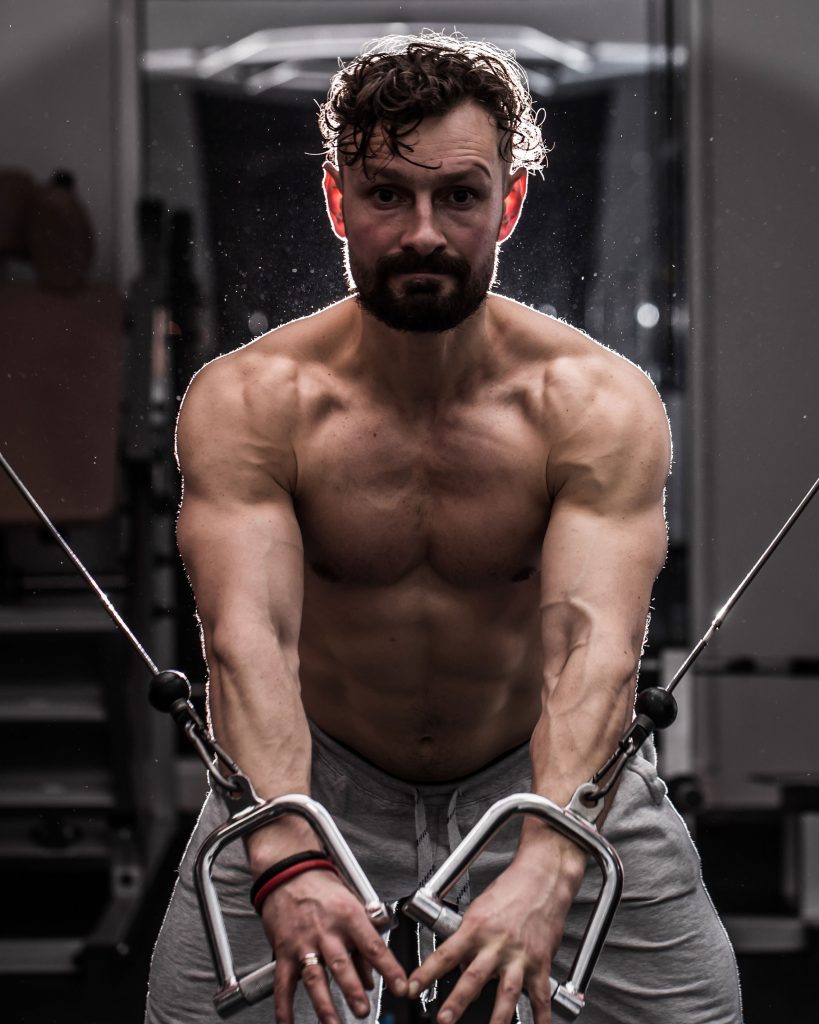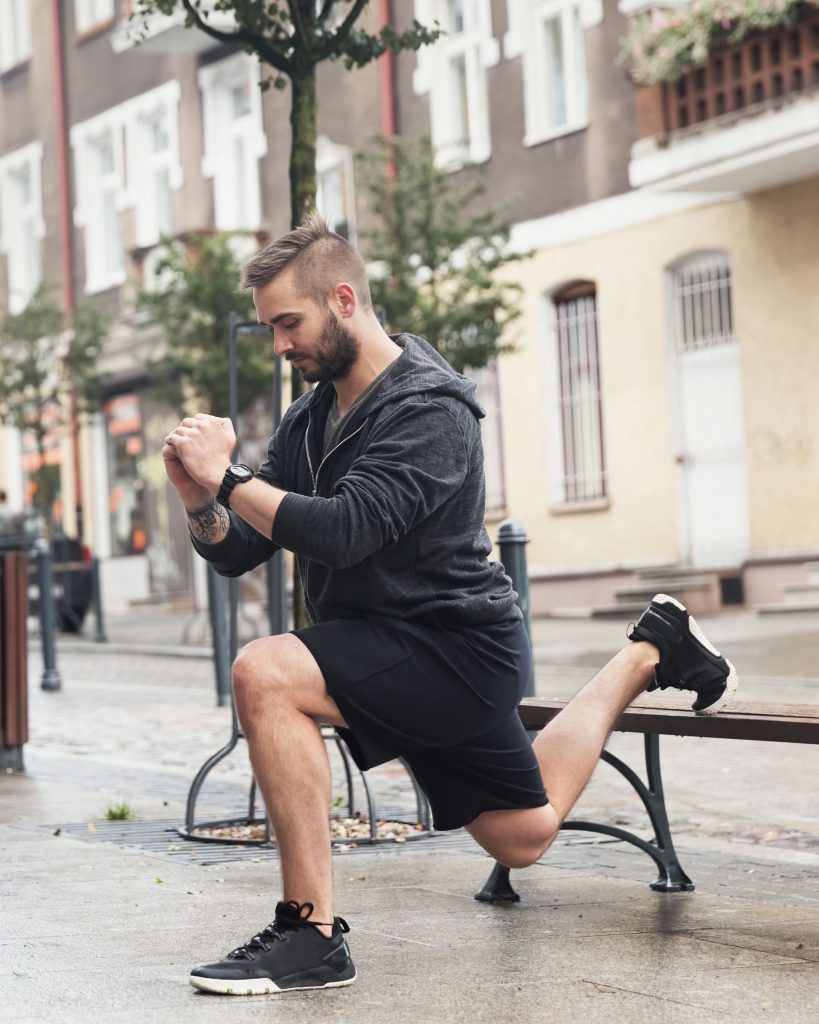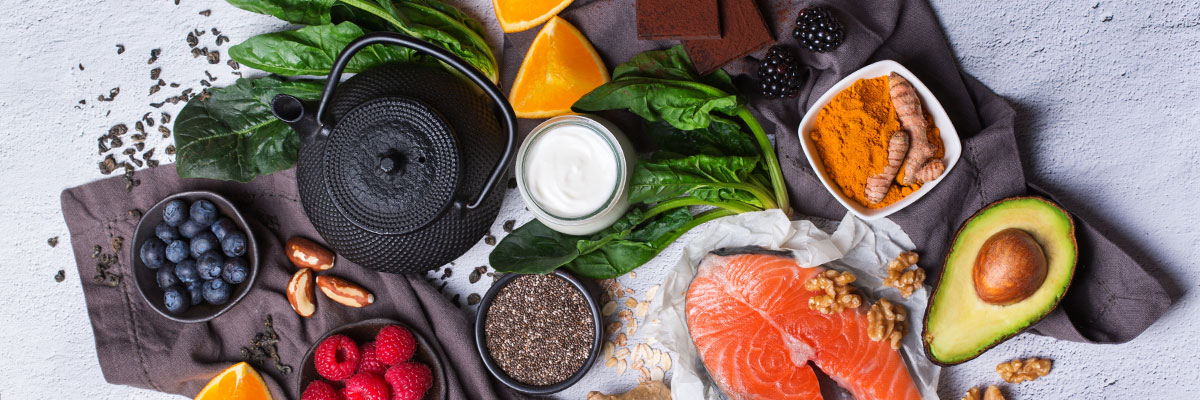7 Reasons Why HIIT is More Effective
Staying active is gives you the strength and energy you need to keep up with your life. Right? Or do you feel instead like your workout just fills up your free time and is keeping you from the things that matter most? Longer workouts seem like they’d burn more calories. But actually, more time doesn’t always equal more benefits. Simply extending the amount of time that you lift or perform cardio is certainly not the most efficient way to get exercise. And it definitely doesn’t get you back to the other parts of life faster.
HIIT or High-Intensity Interval Training is a great way to increase your physical fitness without dominating your schedule. This type of exercise is performed in short bursts that require a lot of effort. Between these bursts, you take quick breaks to catch your breath and get ready to go hard again. How do you know if HIIT is right for you? Let’s take a look at the specifics of this workout and how to make it a part of your workout routine.

What is HIIT?
High-Intensity Interval Training is a popular type of exercise performed for about half an hour. The exercises in these workouts don’t require a ton of equipment. Some may be entirely bodyweight exercises, while others might require you to reach for dumbbells or a kettlebell.
High-Intensity Interval Training (HIIT) is a system of exercise with repeated bouts of short duration, high-intensity intervals followed by lower intensity intervals for recovery. In general, HIIT training calls for challenging exercises such as sprints for short time frames lasting from 10-to-45 seconds.
On a 1-10 scale of perceived exertion, high intensity is anything over an effort level of 8 – where you are completely out of breath; the lower intensity recovery intervals should be an effort level of 6 or below, where you are breathing quick but able to speak.
What type of work out is it?
It’s actually a workout method! Not a workout itself. You can apply HIIT principles to almost any activity you enjoy doing from weightlifting to running, cycling, to cross-fit!

7 Benefits of HIIT
Here are seven reasons why you can spend less time exercising with HIIT and still get great results:
1. Breathing Harder = More Calories Burnt!
Did you know how much you breathe actually has a direct relation to how much you burn? It’s true! Your body burns calories at a rate of 5 calories per liter of oxygen consumed. In general, using exercise to increase the oxygen demands on your body will increase total caloric expenditure both during and after the workout. Short intervals of extremely high-intensity exercise involving a lot of muscle mass require a tremendous amount of oxygen, during both the work interval and the recovery periods.
2. Keep Burning Calories After You’re Done
The benefits don’t stop when the workout does. The great thing about anaerobic interval training is that it uses the body’s reserves of energy and, after a workout, metabolism stays elevated and continues to burn calories for hours after the workout. This is due to something called the excess post-exercise oxygen consumption (EPOC) effect. With HIIT, you not only burn a lot of calories during the workout but because of the high intensity, you will continue to burn calories as your body replaces energy and repairs muscle proteins damaged during exercise.
One of the most common misperceptions about exercise that it is necessary to spend hours busting your butt and sweating buckets to obtain benefits like weight loss, muscle growth and improved overall health and well-being. Instead of working longer, work smarter by using short intervals of extremely high-intensity exercise. HIIT is extremely effective, but it can place a tremendous amount of stress on the body. Therefore, HIIT should only be performed 2-3 times a week with at least 48 hours between exercise sessions to allow a full recovery of energy stores and to repair muscle tissue.
3. Your Fat keeps burning too!
Not only does your body burn fat for fuel during the workout, during the post-exercise recovery period after HIIT exercise the body will tap into fat stores for the energy required to restore it to its normal resting state.
4. Your Body Becomes a Machine!
Being healthy isn’t just what we put in our body and how much we move it. It’s also about how well our body can handle its own processes like detoxing, healing, and waste management. HIIT produces a significant amount of metabolic waste, including hydrogen ions and lactic acid. The major reason for an active recovery interval is to remove these waste products to allow the involved muscles to perform the next high-intensity bout. As a result, HIIT workouts train your body to tolerate and quickly recover from periods of high-intensity exercise.
5. Improve Your Physiology
HIIT can promote a number of physiological benefits, such as increased mitochondrial density, improved stroke volume, improved oxidative capacity of muscle, and enhanced aerobic efficiency, which was previously thought to occur only as a result of long, slow distance (LSD) training protocols.
6. Increase Levels of Anabolic Hormones
HIIT places a significant amount of metabolic stress on muscle tissue. As part of the repair process, the body will produce elevated levels of human growth hormone, testosterone and insulin-like growth factor-1 to repair damaged muscle proteins, which lead to increases in muscle volume and definition.
7. Get Results FASTER
There’s a reason HIIT has been such a hit. The results speak for themselves. Not only do you spend less time working out, but results come faster than with traditional steady-state cardio. You’ve probably noticed your health clubs and workout studios are applying this science to develop group fitness programs that feature HIIT workouts in formats that are 30 minutes or less. So if you haven’t tried out a HIIT workout yet, give it a try! If you aren’t able to get back into the gym yet, there’s plenty of ways to practice HIIT at home or in local open-air spots like beaches or parks.




